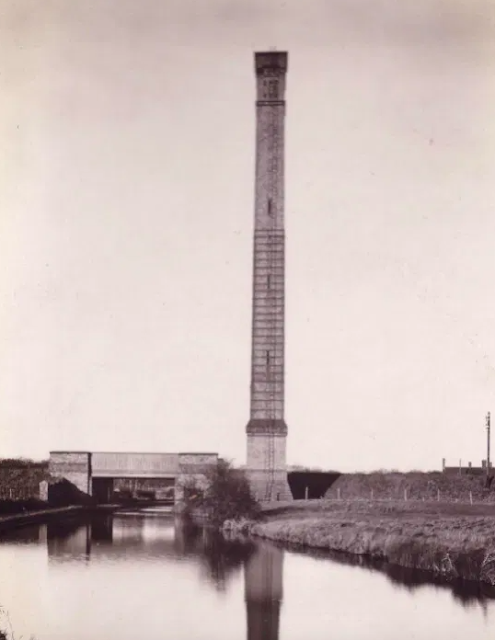Around Brownhills
Whilst the canal through Brownhills is by no means lost, many of the canal side features of the area have disappeared and this post attempts to capture a few of them.
There is much more to the canal in Brownhills than the waterfront beside Tesco. Backing up towards Pelsall there was the mighty surge stack, part of the Black Country's water supply system from Lichfield, then there was the railway interchange and the Gasworks before turning the corner into the Anglesey Branch which led to Norton Pools (Chasewater Reservoir), the main water reserve for the BCN as a whole.
The tangle of canals almost surrounded this mining town and fully justifies a page of its own.
The above photos have been assembled from various sources, including those freely found on the internet. My thanks go to the many photographers alive and dead who have contributed to this collection and in so doing, are keeping the memory of these lost canals alive. These images are reproduced for ease of research are are not necessarily the property of this blog, and as such should not be used for commercial gain without the explicit permission of the owner (whoever that may be).

















































